
Airborne Tactical Officer (Observer)
Skip to section:
About the role Training and career progression Salary and benefits Entry requirementsThe Airborne Tactical Officer or “Observer” acts as mission commander for the aircraft and is responsible for its sensors, communication systems and weapons. You’re the key link between aircraft and ship, evaluating sensor information and performing tactical analysis to employ the helicopter in the best way to accomplish the mission. Be it warfare operations, search and rescue, delivering aid and more.
- ServiceNavy
- SpecialisationAviation
- LocationDevonport
-
Starting Trade Training$65,075
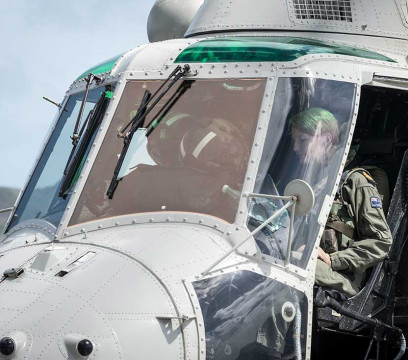
About the role
As an Observer your primary roles will be mission planning and warfare and you will be expected to be an expert in both areas. At sea you will be briefing both ship’s Commanding Officer and the embarked flight on missions and the best way to employ the aircraft to ensure success. When conducting warfare you can expect to take command of the battlespace as the Observer utilising all of the aircrafts sensors, communications systems and weapons to ensure optimal tactical employment of the aircraft.
Job on base
On completion of Junior Officer Common Training, and Flight training you will be posted to 6 Squadron at RNZAF Base Auckland in Whenuapai. Whilst there your duties and responsibilities revolve around daily flying, consisting of operational flights and training flights, and administrative duties all Officer roles entail. You can expect to fly most days of the week in many different environments working with external agencies throughout New Zealand.
Job on deployment
Naval Aviation is an integral part of any Ship’s deployed capability and for any significant deployment of an aviation capable Ship, a SH-2G(I) can be expected to deploy. The role of the SH-2G(I) on board a RNZN Ship varies from being the primary weapons system on an ANZAC class Frigate conducting Warfare roles and Airborne Use of Force, to resupplying an island off the coast of New Zealand in support other Government Agencies.
A Ship's flight crew usually consists of eight RNZAF technicians, the Pilot, the Observer and a Helicopter Loadmaster. Your role as the Observer is to operate all of the SH-2G(I) systems and to employ your tactical and warfare knowledge to achieve the mission. You will work alongside the pilot providing guidance and tactical information to ensure that the aircraft is positioned correctly and is operated as required for the mission. On board the Ship, you will have duties to conduct, such as advising the Commanding Officer on all aviation matters, conducting Meteorological briefs and training the Ships Company in Aviation procedures.
Recent deployments have included Operations in the Arabian Gulf and Indian Ocean, Humanitarian Aid and Disaster Relief deployments in the South Pacific and multiple Military Exercises throughout the South Pacific and South East Asia.
There are a bunch of aircraft sensors that the Observer is responsible for. Underneath the aircraft, the large radar acts to extend the eyes and ears of whatever ships you're working with, so you can find targets and build a tactical picture. We're also used in Search and Rescue, using sensors to find people or ships that have got themselves into strife.
Harry, Airborne Tactical Officer/ Observer
Training and career progression
Career progression
Basic training
Job training
Ongoing training
Specialist training
Once you complete the Junior Officer Common Training you will conduct Observer training at RNZAF Base Ohakea in the Manawatu, on completion of basic Observer training you can expect to return to Auckland to conduct conversion on to the SH-2G(I). Once fully qualified on the SH-2G(I) Helicopter, you can expect to fly as core member of a flight gaining experience ashore and embarked on RNZN Ships. Once you have gained sufficient experience as both an Observer and Naval Officer you will advance to the role of Flight Commander. This role means you will be responsible for all aspects of the Ship's helicopter operations.
Once you are suitably experienced you can also expect to conduct instructor training either down in Ohakea or at 6 Squadron. At Ohakea as an instructor you would be instructing Aviation Warfare Officer Course (AWO) which is a combined Air Force and Navy course teaching the basic principles of the trade. At 6 Squadron as an instructor you will be teaching students on Aircraft Conversion Course and Operational Conversion Course how to fly and how to effectively employ the SH-2G(I)
Additionally, there is the potential for deployment as an Officer to any one of the numerous overseas operations the Defence Force is committed to.
Junior Officer Common Training (JOCT)
(21 weeks) Location: Devonport Naval Base
The objective of JOCT is to provide you with the core skills of military, mariner, and leadership to be an effective Officer in the Navy. The course is completed in two phases of training that train key areas of development.
Phase 1 – Introduction
This phase focuses on ‘followership’ and teamwork. Trainees are instructed in basic service knowledge, discipline, parade, and kit preparation. Physical Training will be conducted at all times throughout training to develop a high level of physical and mental fitness that promotes morale, good health, and good habits. This phase will cover various topics including:
- Physical Fitness
- Service Knowledge
- Service Discipline
- Introduction to the Leadership Development Framework
- Damage Control Training
- Weapons Training
- First Aid
- Basic seamanship training
- Moving to advanced application
Phase 2 – Fit for Sea
The second phase of training will focus on attributes of being in the Navy in preparation for operational service at sea. Trainees will be taught about the roles and responsibilities on board an RNZN ship. Trainees will also spend time ashore conducting academic and leadership training to further develop as a Naval Officer. This phase will cover various topics including:
- Sea survival
- Ship familiarisation
- Leadership training
- Communications skills
- Defence and Strategic Studies
After JOCT you will join Royal New Zealand Airforce trainees at RNZAF Base Ohakea, where you'll spend 12 months flying the Beechcraft KA-350 Super King Air. Here you’ll kick-start your naval aviation career and learn what it takes to be an airborne mission commander, honing your skills in low level visual navigation and high altitude instrument and systems navigation. Once you’ve mastered these skills you’ll move on to the tactical phase of flying, learning how to employ the aircraft in an operational maritime environment.
On completion of your training in Ohakea you will graduate as an Observer, gaining your wings and returning to RNZAF Base Auckland. Here you will join the naval aviation community at 6 Squadron and undertake conversion courses onto the Seasprite helicopter. The Aircraft Conversion Course (ACC) takes Seasprite operators through the aircraft systems, general handling and emergencies, instrument flying, navigation, utility, search and rescue and mission command. This is then followed by the Operational Conversion Course (OCC) which covers the embarked and tactical employment of the aircraft. These courses are taught in both the Seasprite helicopter and in the full-motion simulator. Course duration is flexible however it usually takes one year for both courses. The latter part of the OCC includes an embarked phase on an RNZN ship under the supervision of an Observer instructor. Along the way you’ll also undertake additional courses including survival, escape and evasion procedures and first aid that are essential for all aircrew trades.
As an Observer you will always be expected to be at the top of your game. To ensure that you are capable of delivering on this the RNZN and RNZAF will continuously train and develop your skills. This involves everything from continuation and consolidation in the aircraft and simulator to annual currency checks and assessments.
Observers have a range of specialisation options open to them on completion of core trade qualifications. These can include courses such as the Helicopter Warfare Instructor course which increases your specialist knowledge of aviation warfare and the teaching of these principles and skills to junior Observers.
There is also the potential for out-of-trade deployments to any one of the numerous overseas operations that the NZDF is committed to.
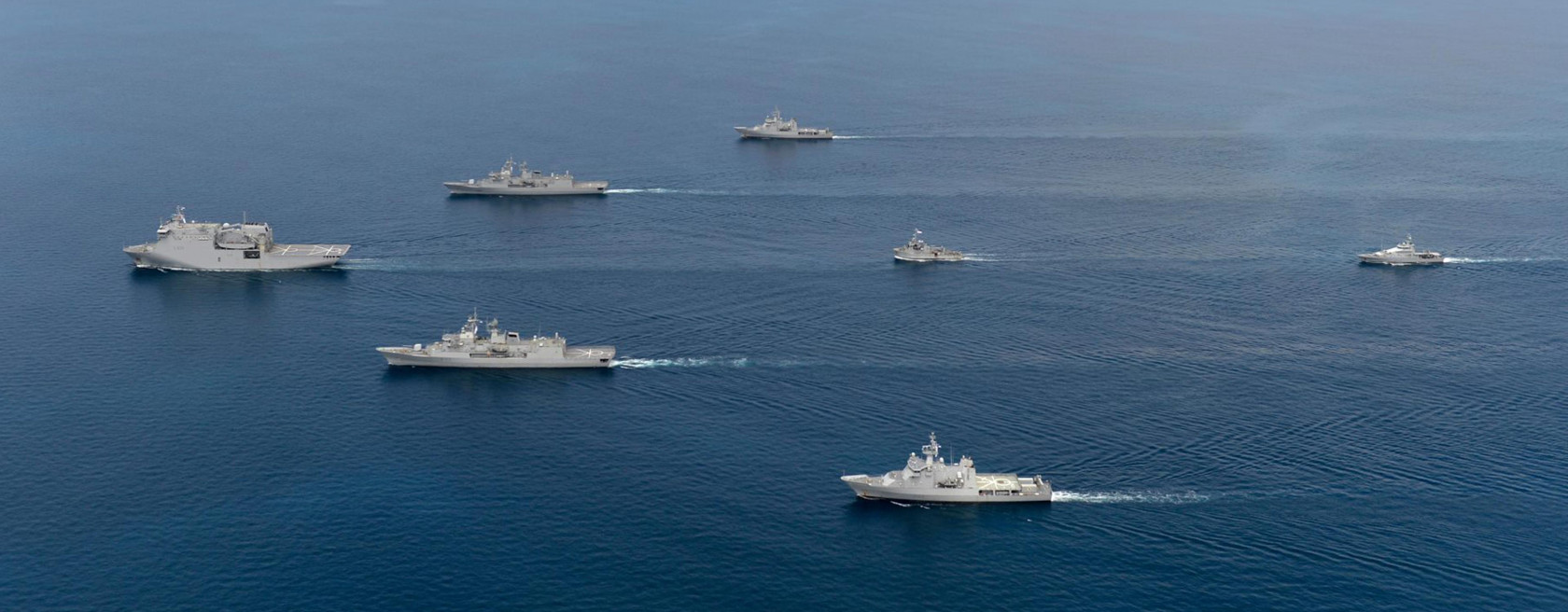
Salary and benefits
Careers in the Navy are well-rewarded, diverse and exciting. As you become more experienced and move up through the ranks, gaining additional skills and qualifications, your salary will rise accordingly.
$50,597
Under Initial Training
$65,075
Starting Trade Training
$169,941
Future Potential Earnings
Figures updated on July 1st 2023
Military factor
Earn a competitive salary while training or learning your trade, along with additional allowances for time spent in the field, at sea, overseas, or deployed on operations.
In addition to salary and allowances, other benefits of joining the New Zealand Defence Force include:
Access to your Service marae or tūrangawaewae
Sponsored tertiary study programmes at all levels
Free access to gyms and swimming pools on camp and bases
Opportunities to travel
Free and subsidised medical and dental care
Subsidised food and accommodation on camps and bases
Free and subsidised insurance cover
Help to buy a home and save for retirement
Entry requirements
Basics
Education
Fitness and Medical
Citizenship and security
Period of Service
- Be a minimum of 17 years of age upon entry.
- Be free of any criminal conviction for the previous two years.
- Pass an Officer Selection Board.
NCEA Level 2 certificate.
Find out more about the NCEA levels and certificate requirements
- You must be medically fit for service.
- You must meet the minimum entry fitness standards.
- Height limits will apply with the introduction of new or upgraded training aircraft. Individuals will be assessed for height limits as part of the application process.
- Colour perception restrictions may apply.
There are strict citizenship and security requirements to gain TSV security clearance for this trade.
You must also be free of any criminal convictions.
Find out if you’re eligible here.
Your training is some of the most thorough and advanced in the world. On completion of your training, you will be contractually obliged to carry out a return of service to the Navy for 10 years.
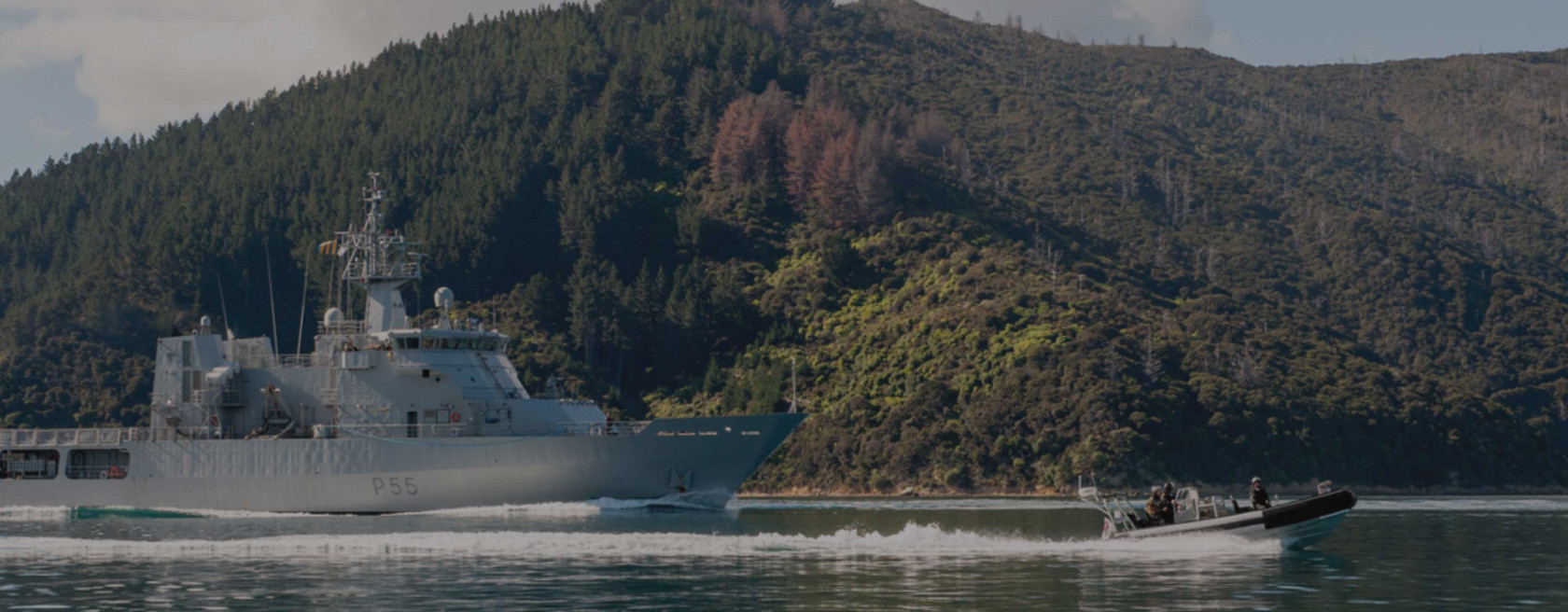
Ready to start your Navy career?
Other jobs you might like
You can also browse jobs by specialisation to narrow down your search.
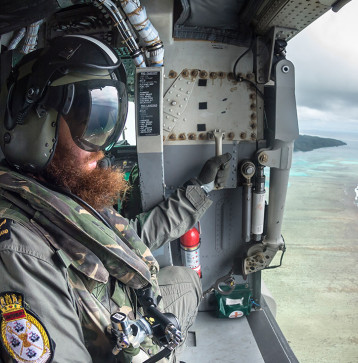
Applications Open
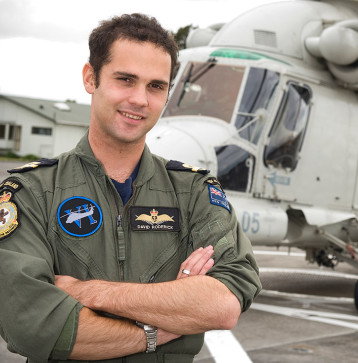
Closing Soon
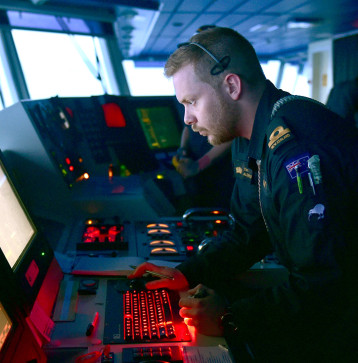
Closing Soon
